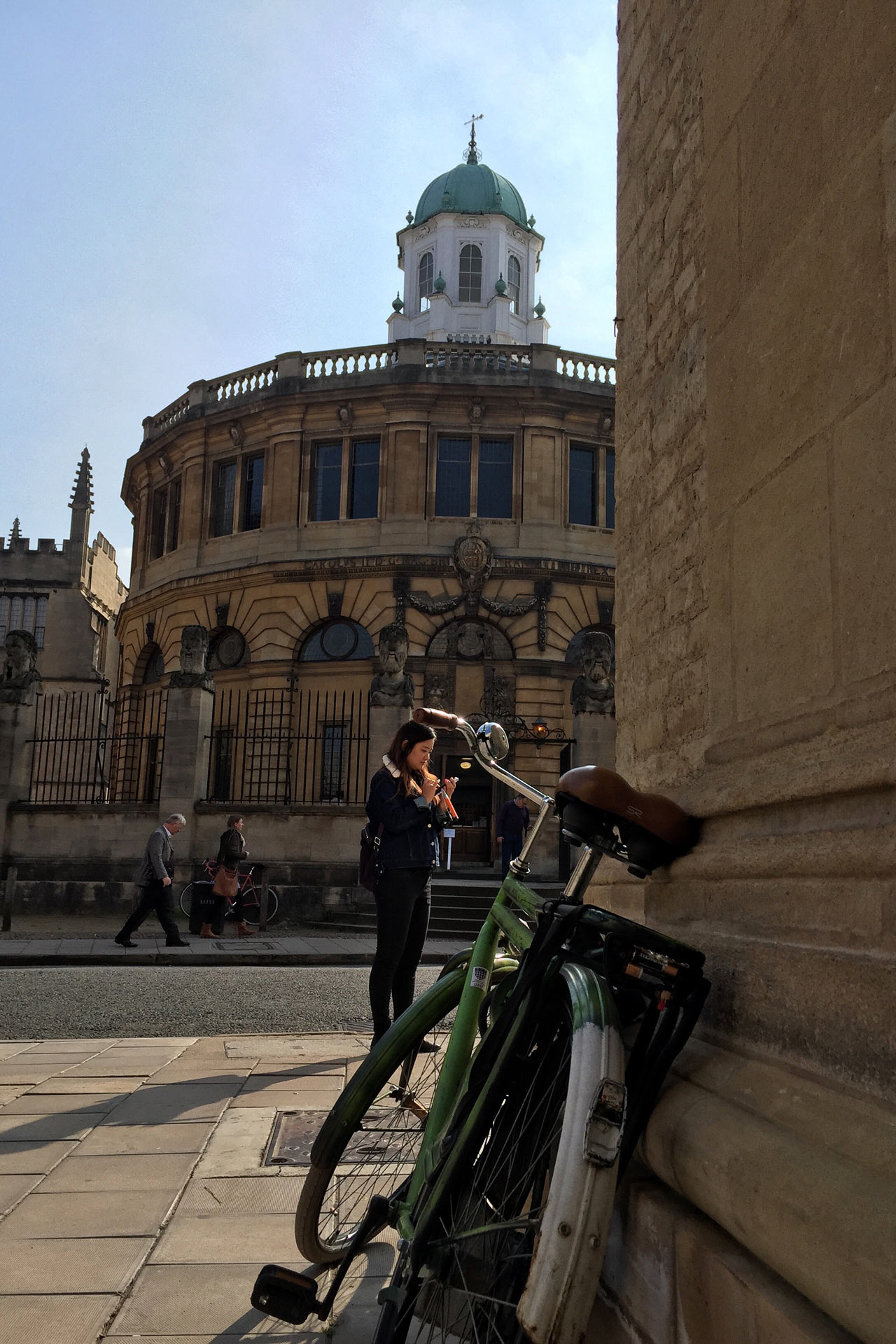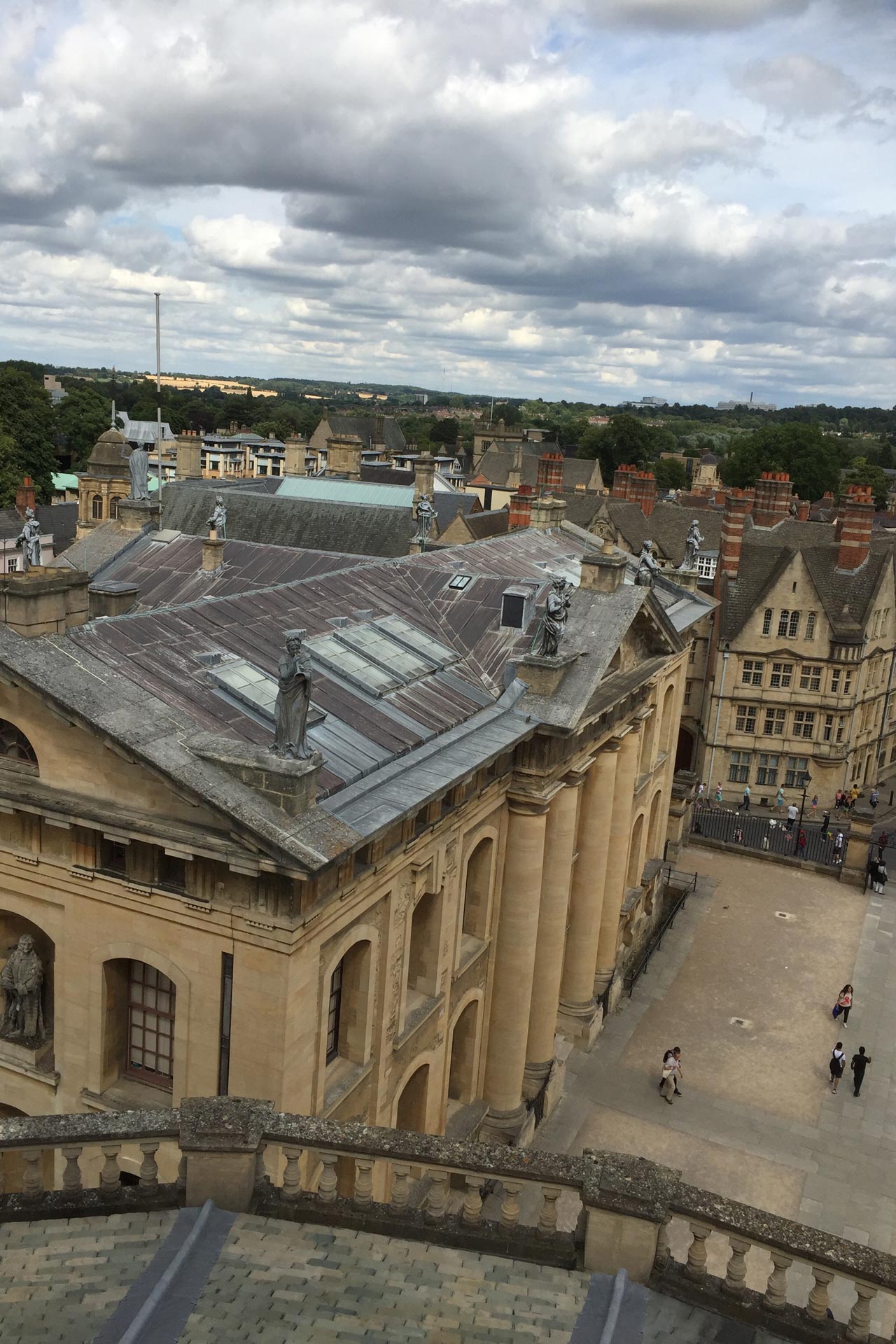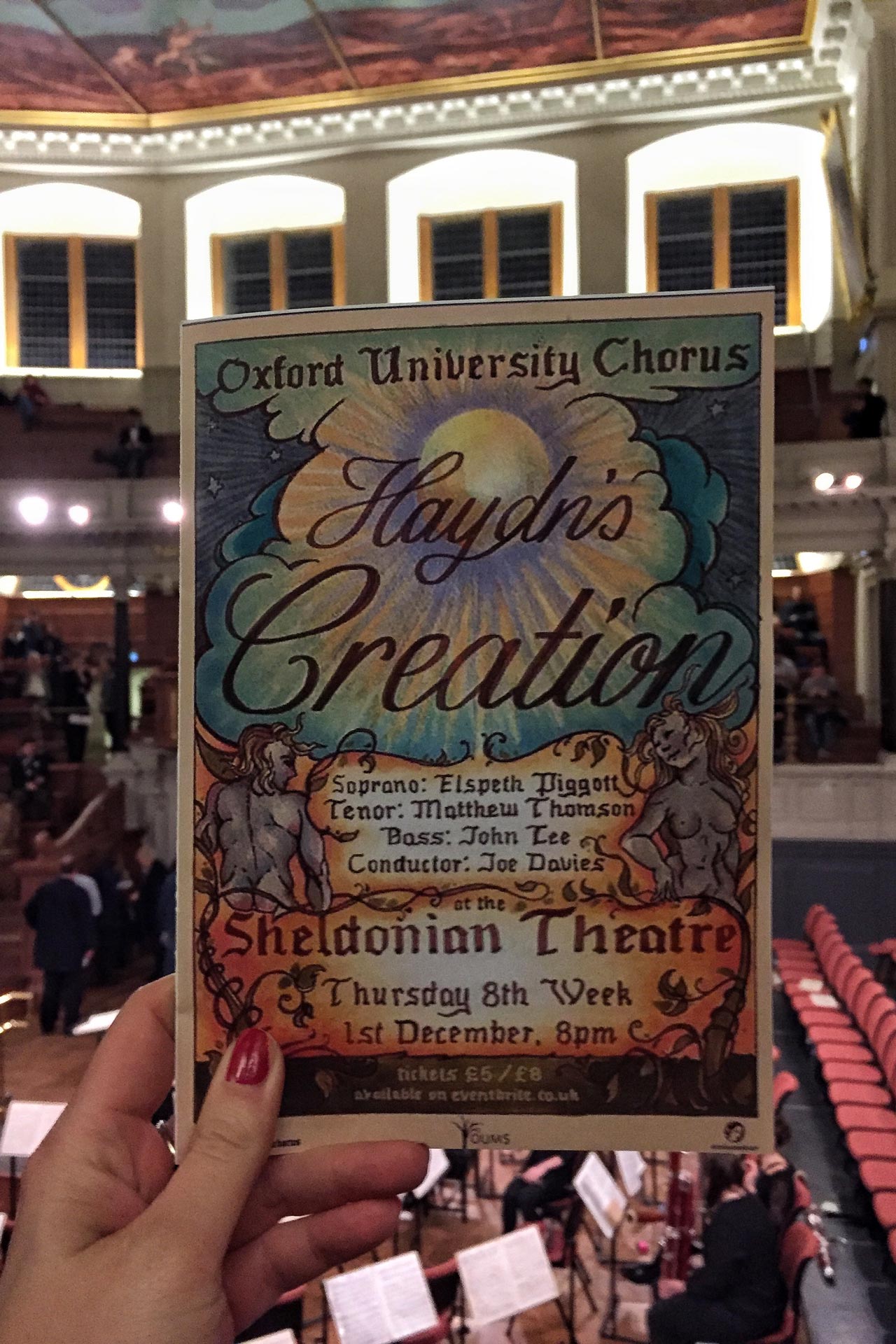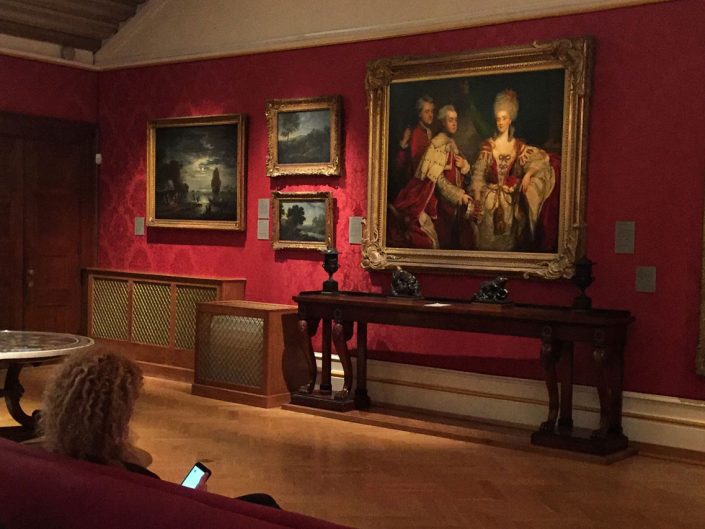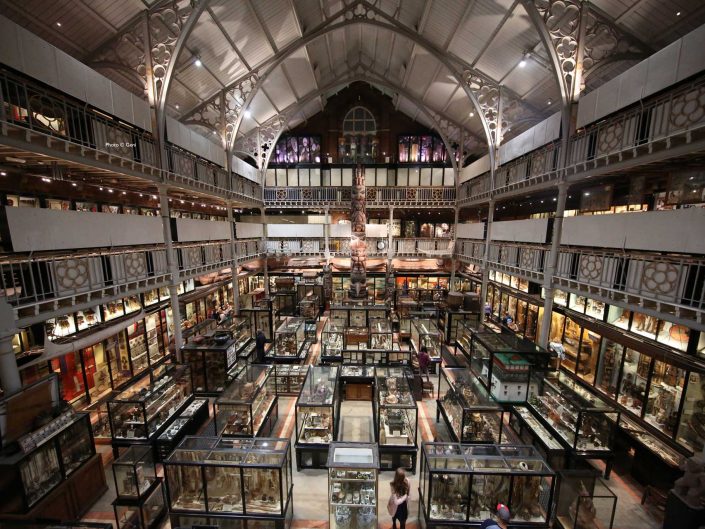The Sheldonian Theatre
Beautiful historic building in regular use for graduation ceremonies for the University of Oxford.
The Sheldonian Theatre is one of popular Oxford tourist attractions. This small yet exquisite Grade I listed building was built between 1664 and 1668 by Sir Christopher Wren. Despite its name it is has never been used for theatrical performances, instead the building serves a role of the official ceremonial hall of the University of Oxford where matriculation, graduation ceremonies, Encaenia and Congregation take place in here. It is also used for lectures and the most divine classical music concerts.
The building is named after Gilbert Sheldon, Warden of All Souls College and later Archbishop of Canterbury, who contributed over 14,000 pounds towards the Theatre.
The Sheldonian Theatre by Meraj Chhaya, source Flickr.
Sheldon’s intention was to create a secular place for holding ceremonies and remove those activities from St Mary’s Church. This decision was influenced by the church trustees who expressed concerns for hosting them ceremonies especially as some of them got out of hand.
One remarkable feature of this building is its complex timber roof which supports much of the weight of the roof structure and cupola above it. Wren who designed the Sheldonian based on a Roman theater design had to come up with an innovative solution for the D-shaped over 70 feet (21 m) roof. As no timbers existed that were long enough to cross that distance, he decided to use the “geometrical flat floor” grid developed twenty years before by Oxford professor John Wallis. He also used his extensive knowledge of mathematics and science to construct the roof, which used a lattice of timber trusses and beams, supported only by braces and screws.
Explore the beauty of The Sheldonian Theatre with this 360º video.
The Theatre’s magnificent ceiling is decorated with thirty-two (removable) oil on canva panels painted by King Charles II’s court painter, Robert Streater, entitled ‘Truth Descending upon the Arts and Sciences’. It has been suggested that this is an allegory depicting Truth descending upon the Arts and Sciences to expel ignorance from the University.
It’s a work full of hidden symbolism. Streater, must have known that the Theatre would house the University Press, for his ceiling includes the figure of ‘Printing’ among its cherubs and mythical figures.
Want to see more? Visit the full gallery and get to know the Sheldonian Theatre better.
When Christopher Wren built the Sheldonian Theatre, he also commissioned the Emperors Heads, 14 stone heads which were completed in 1669 by a mason William Byrdl. Their official name is “herms” but some people call them philosophers as they portray different theatrical emotions.
Other of the building’s notable feature is an eight-sided cupola from which one can enjoy the best 360 degree panoramic views of the Oxford spires. Do take the stairs to the cupola where you’ll be also able to get a glimpse of of the ingenious beam structure supporting the roof.
The theatre makes an impressive concert hall with the most amazing acoustic and great historic ambience which has been well preserved. Take a look at their What’s On and discover the fantastic range of concerts while also enjoy the ambience of this majestic venue.
Image credit: Kellogg College matriculation at the University of Oxford’s Sheldonian Theatre by Meraj Chhaya.
Opening times:
February – November: 10.00 – 16.30 Mon – Sat
July & August: Also open Sun 10.30 -16.00
December & January: 10.00 – 15.30 Mon-Fri
Admission:
£3.50 per adult
£2.50 concessions
£2.50 group rate per head for groups of 15 or more
Guided tours:
£8 per adult
£6 concession
Children under 6: free
Guided Tours:
Take a fascinating one-hour guided tour of the Sheldonian Theatre and learn about the history of Oxford University.
